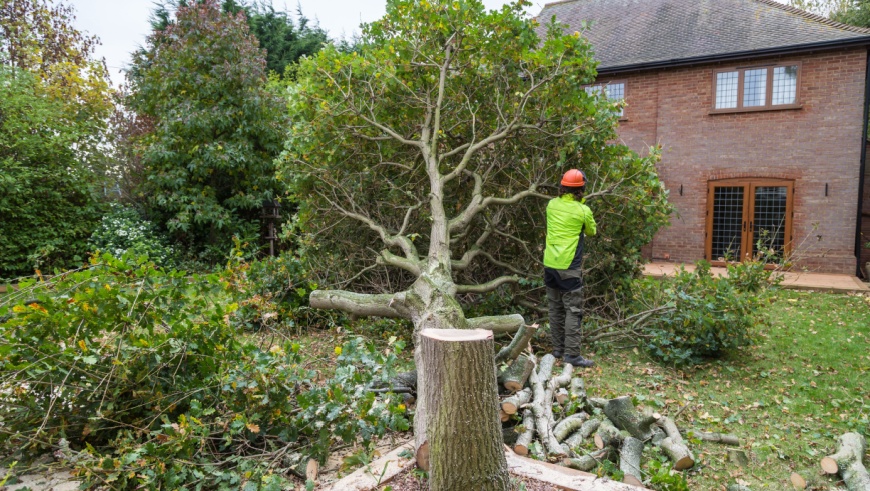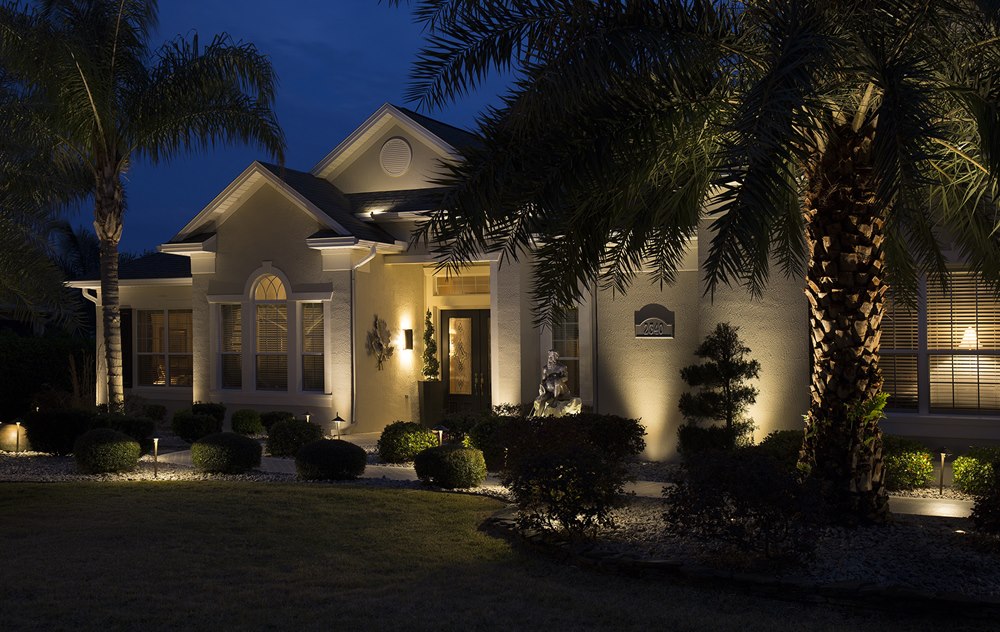By using solar panels, you can reduce greenhouse gas emissions and cut down on your carbon footprint. Solar energy helps in preventing pollution by decreasing reliance on fossil fuels. It promotes a cleaner and sustainable alternative to traditional energy sources. Solar panels also contribute to the conservation of non-renewable resources by efficiently converting sunlight into electricity. They aid in improving air and water quality by generating electricity without emitting harmful pollutants. Embracing solar power is a proactive step in mitigating the effects of climate change while promoting sustainable practices and preserving ecosystems. Discover more benefits of using solar panels.
Reduced Greenhouse Gas Emissions
By installing solar panels, you can greatly diminish greenhouse gas emissions in your household. Solar panels help reduce greenhouse gas emissions by generating electricity from sunlight, a clean and renewable energy source. This energy efficiency not only cuts down on your carbon footprint but also helps in pollution prevention by decreasing the reliance on fossil fuels for electricity production. If you’re considering this sustainable upgrade, opting for solar panels Edinburgh can be particularly beneficial, given the city’s increasing support for renewable energy initiatives.
Traditional energy sources like coal and natural gas release harmful pollutants into the atmosphere, contributing to air pollution and climate change. By opting for solar energy, you actively choose a cleaner and more sustainable alternative that benefits both the environment and your home.

Incorporating solar panels into your household not only promotes energy efficiency but also plays a significant role in reducing pollution. By harnessing the power of the sun, you can lower your greenhouse gas emissions and contribute to a healthier planet for future generations.
Make a positive impact today by investing in solar panels and embracing a more environmentally friendly way of living.
Conservation of Non-Renewable Resources
Conserving non-renewable resources can be effectively achieved through the utilization of solar panels for energy generation. By harnessing the power of the sun, you can make a significant impact on resource preservation and energy efficiency.
Here’s why solar panels are important for the conservation of non-renewable resources:
- Energy Efficiency: Solar panels convert sunlight into electricity efficiently, reducing the reliance on fossil fuels and decreasing the depletion of non-renewable resources.
- Resource Preservation: By using solar energy, you contribute to the conservation of non-renewable resources like coal, oil, and natural gas, which are finite and take millions of years to form.
- Environmental Impact and Sustainability Benefits: Solar panels produce clean energy, reducing greenhouse gas emissions and promoting environmental sustainability. This shift towards renewable energy sources helps secure a greener future for generations to come.
Embracing solar power is a proactive step towards conserving non-renewable resources and creating a more sustainable planet.
Cleaner Air and Water Quality
Harnessing solar energy through the use of panels not only conserves non-renewable resources but also contributes to cleaner air and water quality. Solar panels generate electricity without emitting harmful pollutants like greenhouse gases, which are known to deteriorate air quality and contribute to health issues such as respiratory diseases.
By reducing the reliance on fossil fuels for electricity generation, solar power plays an important role in improving public health by limiting the emission of pollutants that can trigger asthma, lung cancer, and other respiratory ailments.
Moreover, the adoption of solar panels helps in conserving water resources. Traditional power plants consume vast amounts of water for cooling purposes, leading to water pollution and ecosystem disruptions. By opting for solar energy, you contribute to preserving water quality and safeguarding aquatic habitats, thereby supporting biodiversity conservation.
This shift towards cleaner energy sources like solar power not only benefits human health but also promotes the protection of ecosystems and the diverse species that depend on clean water for survival.
Mitigation of Climate Change Effects
By using solar panels, you can greatly reduce your carbon footprint, as they produce clean energy without emitting greenhouse gases. Solar energy is a renewable source that helps combat climate change by decreasing our reliance on fossil fuels.
Making the switch to solar power is a proactive step in mitigating the effects of climate change on our planet.
Carbon Footprint Reduction
Installing solar panels greatly reduces the carbon footprint of households. By harnessing the power of the sun, you can make a significant impact on the environment and combat climate change. Here’s how solar panels help in reducing your carbon footprint:
- Energy Efficiency: Solar panels convert sunlight into electricity efficiently, reducing the need for energy from non-renewable sources that contribute to carbon emissions.
- Sustainability Initiatives: Embracing solar energy is a proactive step towards sustainability, as it decreases reliance on fossil fuels, leading to a cleaner and greener future.
- Environmental Impact: Solar panels help in decreasing overall energy consumption, which in turn lowers greenhouse gas emissions that are harmful to the environment.
Renewable Energy Source
Utilizing solar panels as a renewable energy source is an essential step in mitigating the effects of climate change. By harnessing energy from the sun, you contribute to reducing greenhouse gas emissions and decreasing reliance on fossil fuels. Solar power promotes energy independence, allowing you to generate your electricity and potentially even sell excess power back to the grid, fostering a more sustainable energy system.
Moreover, solar panels offer significant cost savingsin the long run. While the initial investment may seem high, the decreasing costs of solar technology, government incentives, and lower energy bills make it a financially sound choice. Thanks to ongoing technological advancements, solar panels are becoming more efficient and affordable, enhancing their appeal as a renewable energy source.
Energy storage solutions like batteries enable you to store excess energy generated during the day for use during peak times or at night, ensuring a consistent power supply.
Embracing solar power not only benefits the environment but also provides you with a reliable, cost-effective energy solution for the future.

 Warm-toned lights, such as soft yellows and oranges, create a cozy and inviting atmosphere. Whether you are hosting a lively outdoor gathering or seeking a quiet evening under the stars, these smart solutions provide flexibility and convenience.
Warm-toned lights, such as soft yellows and oranges, create a cozy and inviting atmosphere. Whether you are hosting a lively outdoor gathering or seeking a quiet evening under the stars, these smart solutions provide flexibility and convenience.